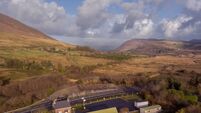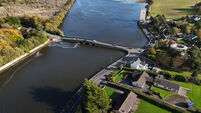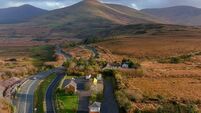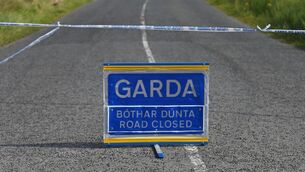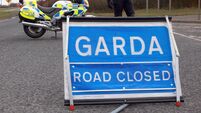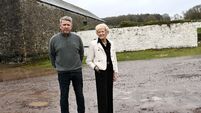Two-thirds of Cork's landscape supports biodiversity
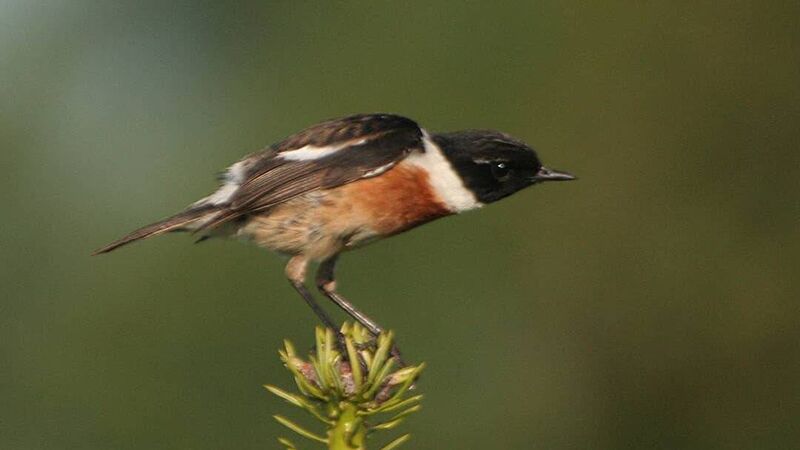
Stonechats were also present in Tramore Valley Park, a species not normally associated with urban areas in Ireland but the scrublands of the park provides an ideal habitat. Picture: Luke Lambert
A new map of Cork in detail we’ve never seen before has revealed the importance of the city’s connected green and blue spaces, and the role of the ordinary urban back garden, for biodiversity.
Researchers at University College Cork (UCC) have found that while almost two-thirds of the city’s urban landscape supports biodiversity, almost four out of 10 bird species within the city are listed as a conservation concern.
Dr Paul Holloway, a lecturer at UCC’s Department of Geography and Environmental Research Institute, said confirmation that the interconnection between the city’s green and blue spaces positively influences bird biodiversity will help shape conservation efforts.
“There is a pressing need to identify optimal habitats within urban environments, and this research has highlighted that urban gardens and brownfield sites are important contributors to the sustainable management of biodiversity within cities,” he said.
The research team used high-resolution satellite imagery, which for the first time in Cork was able to identify urban gardens to create a fine-scale land cover map of the city to reveal the extent of its green and blue spaces.
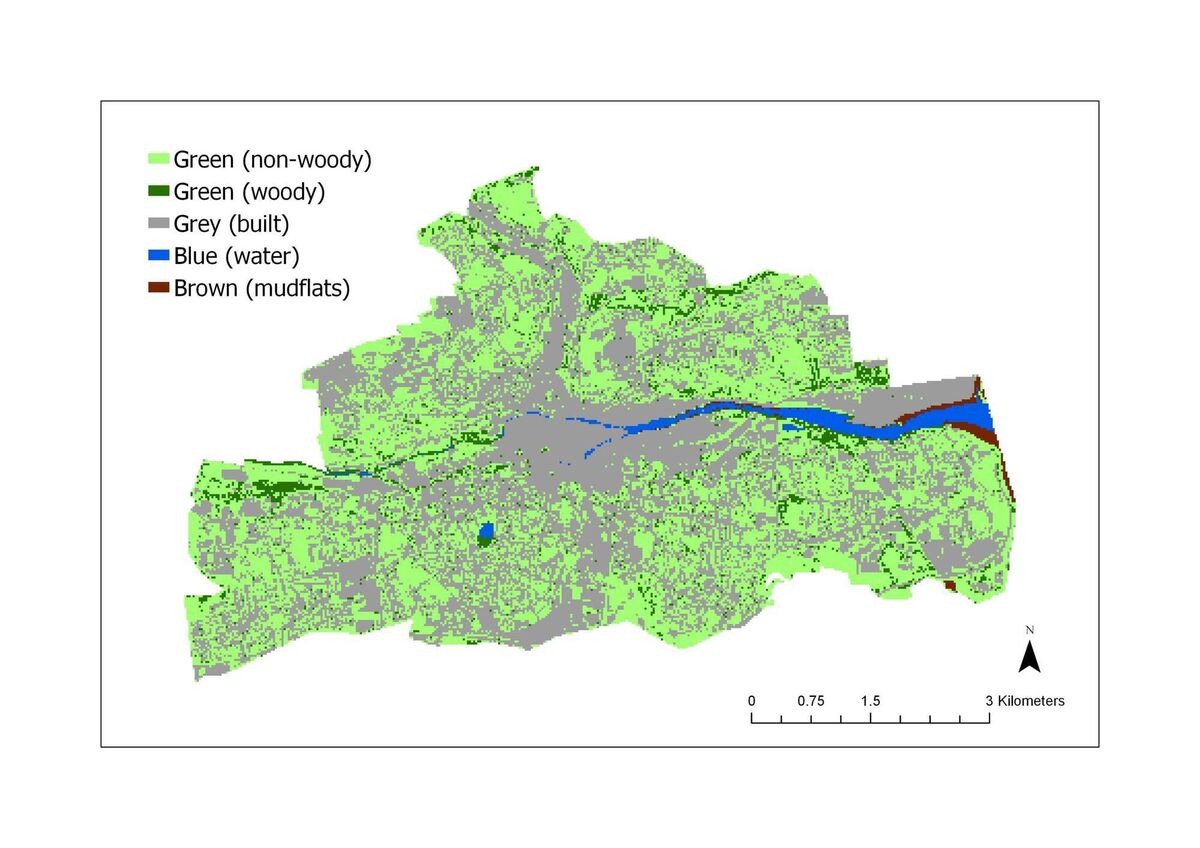
The map also identifies the absence of green and blue in the city centre and urban corridors, such as the N20 route from the city north through Blackpool.
Birds can be a key indicator for gauging the health of green and blue spaces as natural habitats and the research team undertook a bird diversity survey in the city, and then analysed the configuration of the urban landscape and its impact on the recorded biodiversity.
They can now estimate that almost two-thirds of Cork city can be considered green or blue, with these spaces positively impacting bird diversity and abundance.
Dr Holloway said what was of particular note were the ‘invisible’ green spaces, such as gardens, hedgerows, and ponds, and that when they are considered at a city-scale, it suggests that Cork has a well-connected green and blue network, with this connectivity central to supporting biodiversity.
Importantly, the team identified that 38% of the species recorded are listed as being of conservation concern in Ireland, highlighting how urban spaces can provide habitats for vulnerable species.
Lead author, Luke Lambert, said the information demonstrates how important urban areas, such as Cork city, can be for biodiversity monitoring and management, particularly with several ‘red’ and ‘amber’ listed species identified, some of which were found in high frequencies, such as the swift.
Mr Lambert said the recording of kingfishers and grey wagtails during the surveys indicated that the waters of the River Lee are in a healthy state and sustaining an important freshwater ecosystem.
They also found that birds use the corridors of the Lee and its tributaries to move from one green space to another.
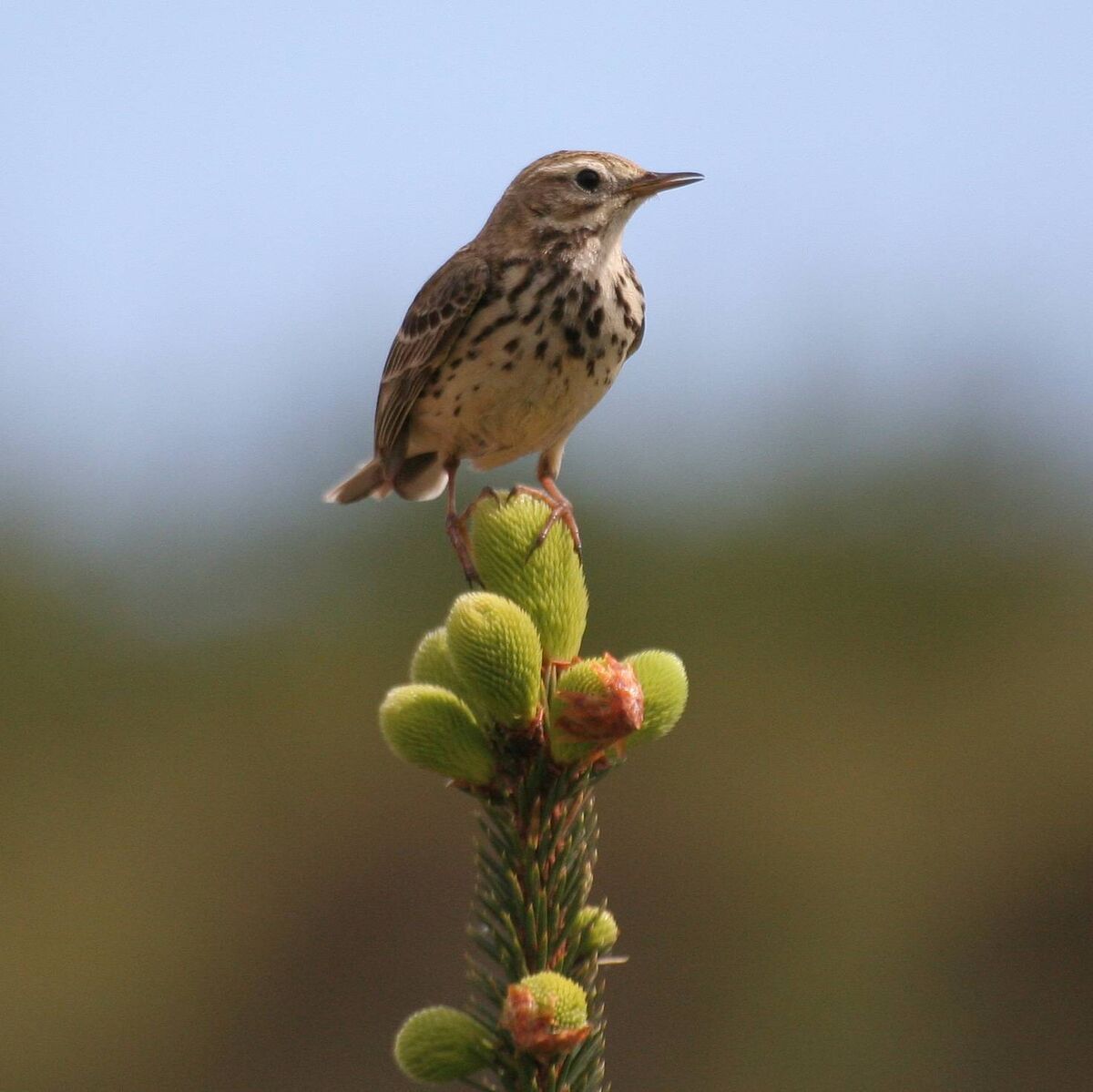
Species recorded in Glen River Park, at the Atlantic Pond and at Tramore Valley Park highlighted the importance of mixed habitats, with these sites recording the highest total species counts in the city.
Co-author, Dr Fiona Cawkwell, said the high spatial resolution satellite sensors used to map the city provide a realistic measure of the green and blue spaces that are critical for biodiversity studies, and informing management and policy.
The team’s findings are published in the journal Geographies.




